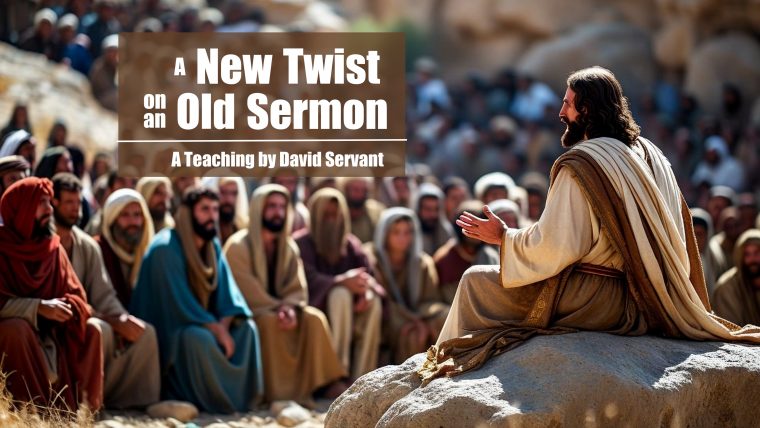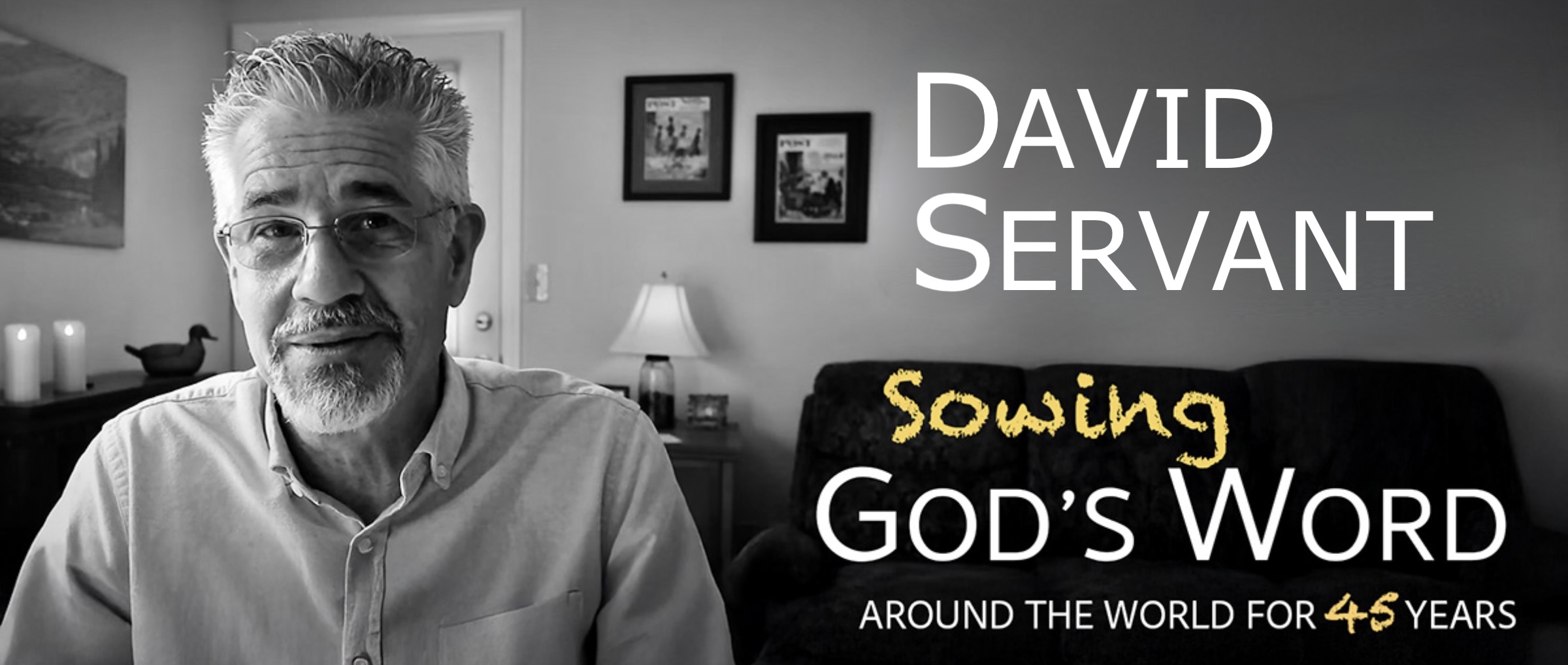
Think! Is the statement below, by an alleged “Bible teacher” who has tens of thousands of enthusiastic followers, true?
“The Sermon on the Mount isn’t directed at people who trusted Jesus. The whole point is to take what He said literally so the hearer would repent from Law observance toward believing Him instead.”
Premise #1: “The Sermon on the Mount isn’t directed at people who trusted Jesus.”
First, it should be noted that the Bible teacher’s phrase, “people who trusted Jesus,” is a reference—albeit an inadequate one—to believers. The reason it is inadequate is because the word “in” is missing from between the words “trusted” and “Jesus.” I won’t elaborate on that subtle yet important difference now, but I do want you to see that this teacher is claiming that Jesus spoke His Sermon on the Mount to unbelievers. Is his claim true?
Matthew 5:1 says, “When Jesus saw the crowds, He went up on the mountain; and after He sat down, His disciples came to Him. He opened His mouth and began to teach them.”
So Jesus saw “the crowds.” That is an undefined large group. Then He climbed one of the mountains along the Sea of Galilee. We read that “His disciples came to Him.” That is a defined group. They were His disciples—His devoted students. They, not unbelievers, were “the salt of the earth” and “the light of the world” (Matt. 5:13-14). They, not unbelievers, had a “Father who is in heaven,” something Jesus mentioned at least 12 times in His sermon (Matt. 5:16, 45; 6:1, 4, 6, 8, 9, 14, 18, 26, 32; 7:11). They, not unbelievers, were already being persecuted for following Him (see Matt. 5:10-11).
Clearly, Jesus’ Sermon on the Mount was directed to believers. But the reason this particular Bible teacher (and many like him) must claim otherwise is because the Sermon on the Mount does not fit his perverse theology, which is more revealed by his second premise.
Premise #2: “The whole point is to take what He [Jesus] said literally so the hearer would repent from Law observance toward believing Him instead.”
So, Jesus’ alleged goal was to get His audience of alleged unbelievers to “repent,” but not of sin. No, His goal was to get them to repent of trying to keep the Law of Moses, which of course included the Ten Commandments—even those He cited during His sermon. And why? Because trying to observe the Law of Moses stood in the way of them “believing Him”—the very One who gave the Law of Moses and the entire Sermon on the Mount, and who said in that sermon, “Not everyone who says to Me, ‘Lord, Lord,’ will enter the kingdom of heaven, but he who does the will of My Father who is in heaven will enter” (Matt. 7:21). How can one “believe Him” if one does not believe what He says?
This is classic, confused, self-contradictory, false-grace teaching. Jesus allegedly elaborated on the Mosaic Law during His Sermon on the Mount only in hopes that His audience would come to realization that there is no way they could actually keep its requirements. He wanted to drive them to despair. Then they might hopefully realize that salvation is by “ grace through faith” as it is taught by false-grace teachers, who redefine grace to be a license to sin and faith to be a belief that one is going to heaven no matter how one lives.
The only problem with all of that is that none of it is true, and all of it contradicts every sentence in the Sermon on the Mount, in which Jesus repeatedly told His audience things they must do to stay out of hell (see Matt. 5:20-22, 27-30; 6:14, 24; 7:13-14). Worse, it makes Jesus into a liar and deceiver who led His audience to believe what allegedly is not true. That makes such teaching not only heretical, but blasphemous.
Tragically, that alleged “Bible teacher” has tens of thousands of foolish followers whom he is misleading with spiritually deadly false doctrine. And he is just one of hundreds, and perhaps thousands, of similar preachers and teachers who are pitting grace and faith against obedience.
The truth is, God’s saving grace is conditional (as is all grace). The condition is initial and ongoing faith that is evidenced by initial repentance and ongoing obedience. That not only harmonizes with Jesus’ Sermon on the Mount, but with the rest of the Bible!

